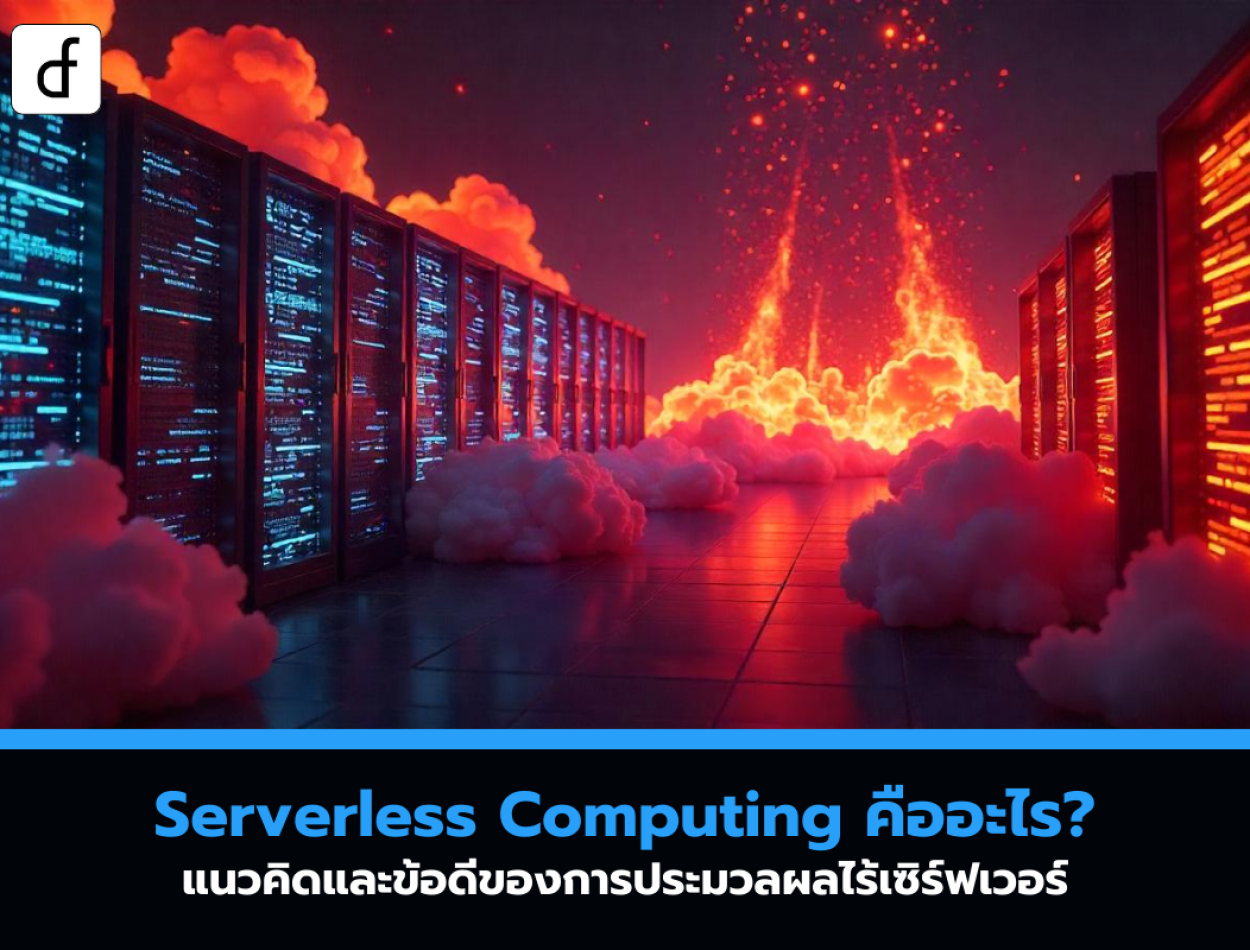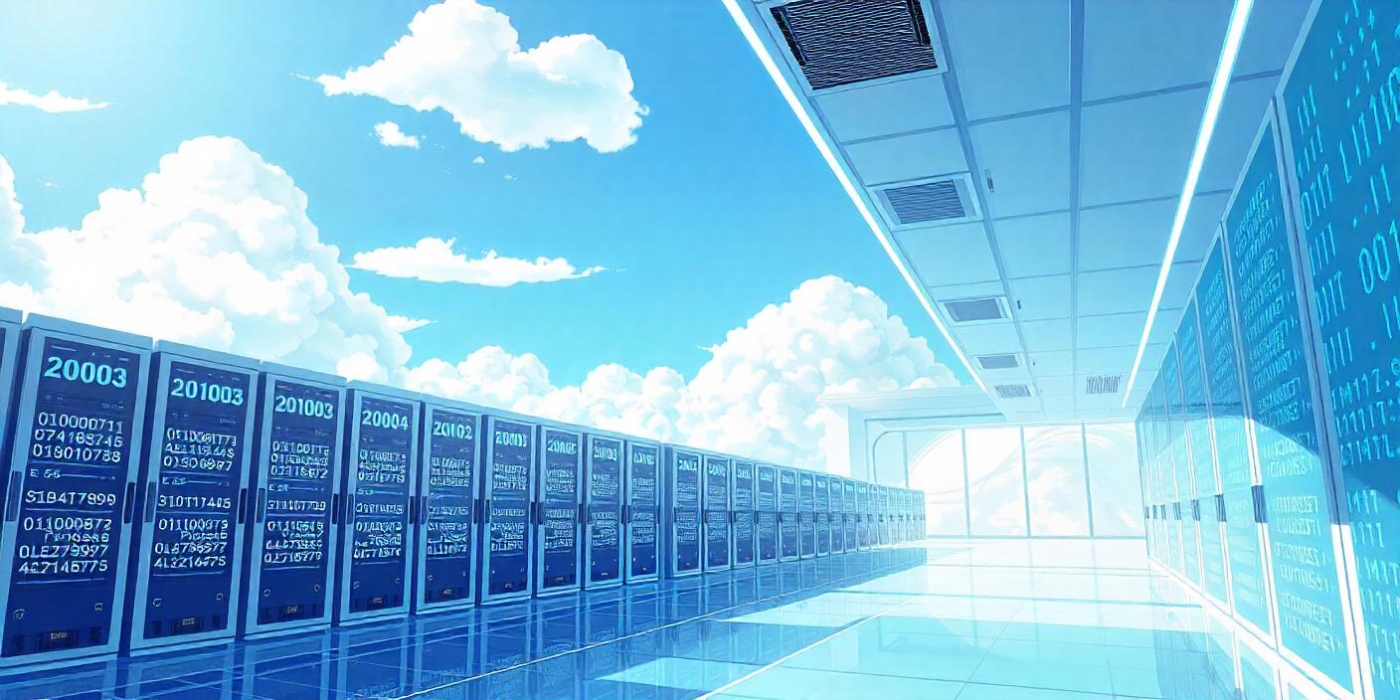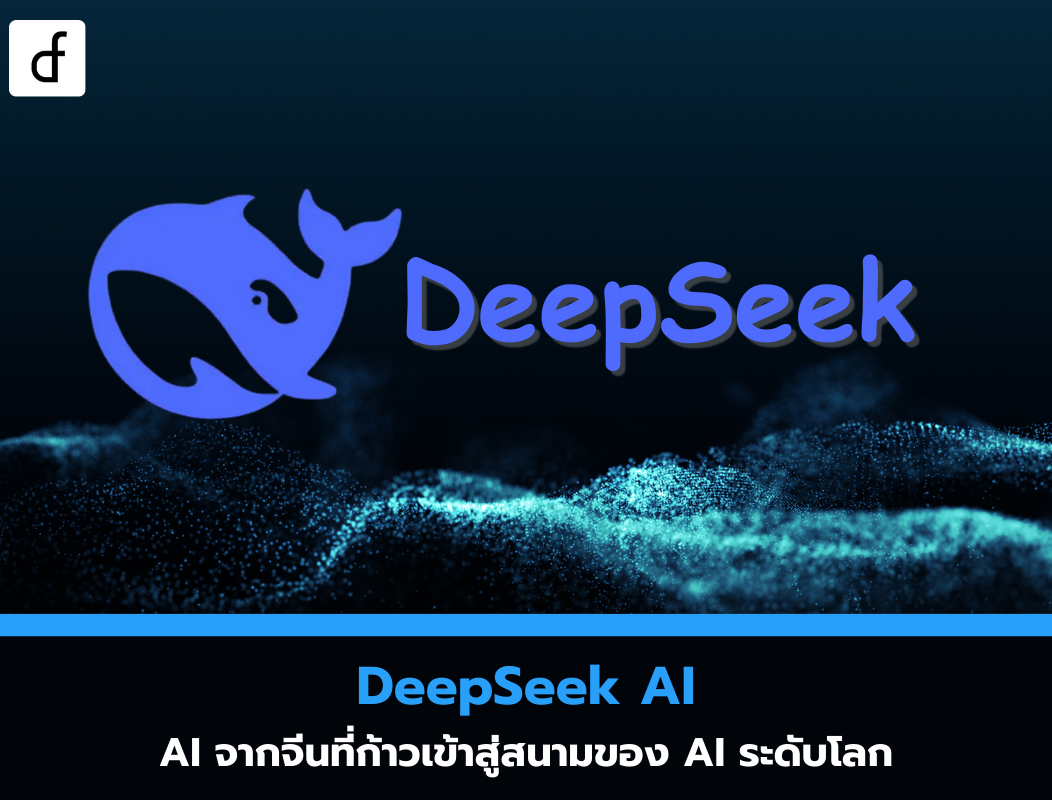
What is Serverless Computing? The concept and advantages of serverless computing
2025-02-19 02:29:11
Serverless Computing is a concept that allows developers to run code without managing the server themselves. This architecture enables rapid development and deployment of applications, with the cloud automatically allocating resources as needed.
In this article, we will delve into what Serverless Computing is, how it works, its advantages, and what types of applications it is suitable for.

What is Serverless Computing?
Serverless Computing is a cloud computing model that allows developers to avoid managing servers themselves and enables them to invoke functions or code as needed, with the cloud platform managing all resources.
Even though the name says "serverless," Serverless Computing still uses servers. However, developers do not have to manage the setup and maintenance themselves; everything is handled by the cloud service provider.
Examples of popular Serverless platforms
- AWS Lambda – Amazon Web Services' Serverless service
- Google Cloud Functions – Google's serverless processing system
- Microsoft Azure Functions – Microsoft's serverless functions
- IBM Cloud Functions – Serverless solution on IBM Cloud
How does Serverless Computing work?
Serverless Computing uses the concept of Event-Driven or Function-as-a-Service (FaaS), which means that the code will run only when it is invoked.
The working process of Serverless Computing
- Trigger (starting event) – The function will be triggered by an event such as
- The user calls the API.
- There is a file uploaded to Cloud Storage.
- The system must process data automatically.
- Execution – The system will automatically create and execute functions upon request.
- Scaling – The system will adjust resources according to the number of requests without pre-configuration.
- Shutdown (self-termination) – When the function is completed, the server will shut itself down, resulting in no extra costs.
Advantages of Serverless Computing
Reduce the burden of server maintenance
- The cloud service provider will take care of all server management. Developers do not have to worry about server maintenance, updates, or security.
Auto-Scaling
- The system can automatically scale up or down based on the number of requests. For example, if there are many users, the system will immediately increase resources and decrease them when the usage decreases.
Charge based on actual usage (Pay-as-you-go)
- Serverless Computing has no fixed costs. The system charges only for the time the code is actually running, which helps save costs.
Develop and deploy faster.
- Developers can focus on coding without wasting time setting up infrastructure, allowing them to deliver applications faster.
Supports Event-Driven architecture
Serverless Computing is suitable for tasks that occur intermittently (Event-Based Processing), such as
- Process data from IoT
- Automatic email sending
- Real-time database updates

Serverless Computing is suitable for what kind of usage?
Web Applications and API Backend
Serverless Computing can be easily used to create serverless Web APIs, such as
- Use AWS Lambda + API Gateway to support API requests.
- Use Firebase Functions for Web App on Google Cloud
Real-time data processing
- Data analysis from IoT Sensors
- Image or text detection with AI
Automation & Background Tasks
- Send an automatic notification email.
- Update the database periodically.
Video and image processing
- Automatic video file conversion system
- Use AI to analyze images and recognize faces.
Limitations of Serverless Computing
Although Serverless Computing has many advantages, there are also limitations that should be considered
Cold Start (initial invocation delay)
- Serverless functions that haven't been used for a long time may take longer to start up, which could affect the user experience.
Limit the working time of the function.
Serverless functions often have limitations on execution time (Timeout Limit), such as
- AWS Lambda limits execution to 15 minutes per invocation.
- Google Cloud Functions is limited 9 minutes per invocation
- Less control over infrastructure
- Since Serverless Computing is managed by cloud service providers, users cannot customize the servers themselves.

Serverless Computing is an approach that allows developers not to manage servers themselves, using the cloud to handle all infrastructure. The main advantages are the ability to scale automatically, reduce costs, and increase development speed.
However, Serverless still has limitations, such as Cold Start, function execution time limits, and reduced control, which need to be considered appropriately for the type of work.
In the future, Serverless Computing will play a larger role in AI, Big Data, and IoT systems, making application development more efficient and agile.
Leave a comment :
Recent post

2025-01-10 10:12:01

2024-05-31 03:06:49

2024-05-28 03:09:25
Tagscloud
Other interesting articles
There are many other interesting articles, try selecting them from below.

2025-05-28 09:01:33

2023-10-06 01:14:11

2023-10-03 01:42:27

2024-08-13 01:45:34

2024-06-04 09:37:55

2024-09-10 01:19:13

2023-10-24 11:07:56

2024-06-14 02:49:55

